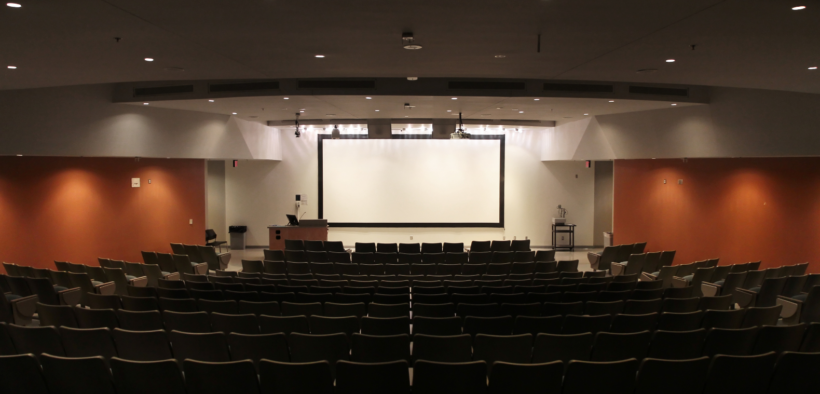While many of us know by now that lecture alone is incongruent with student learning, it remains the predominant form of teaching—and understandably so. Pedagogical change is not a natural function in college classrooms, and it is challenging to learn and implement new teaching strategies. Accepting that many of us are comfortable in lectures, it may be impractical to abandon lecture and embrace fully student-centered active learning. An injection of active learning in lectures may transform our teaching into a win-win situation: we could have a solid lecture as a guiding tool for incorporating active learning and develop “quasi-active” learning in our classrooms (He, 2021). Below are the three phases of quasi-active learning that you can implement in your classes.
Quasi-active Learning: An Approach to Blending Active Learning and Lecture

Related Articles
I have two loves: teaching and learning. Although I love them for different reasons, I’ve been passionate about...
From an early age, I was immersed in the Muslim tradition that taught me to learn from every...
Lately, social media videos have been flooded with discourse and arguments as to what constitutes a man and...
One of the biggest problems with homework is that students who make a mistake or get stuck have...
A childhood friend of mine passed away a few years ago. We worked on the high school yearbook...
Since I began teaching 15 years ago, I’ve noticed more and more students self-disclose aspects of their mental...
Rubrics have been indispensable in education for providing clarity on performance expectations, consistency in grading, and detailed feedback...








